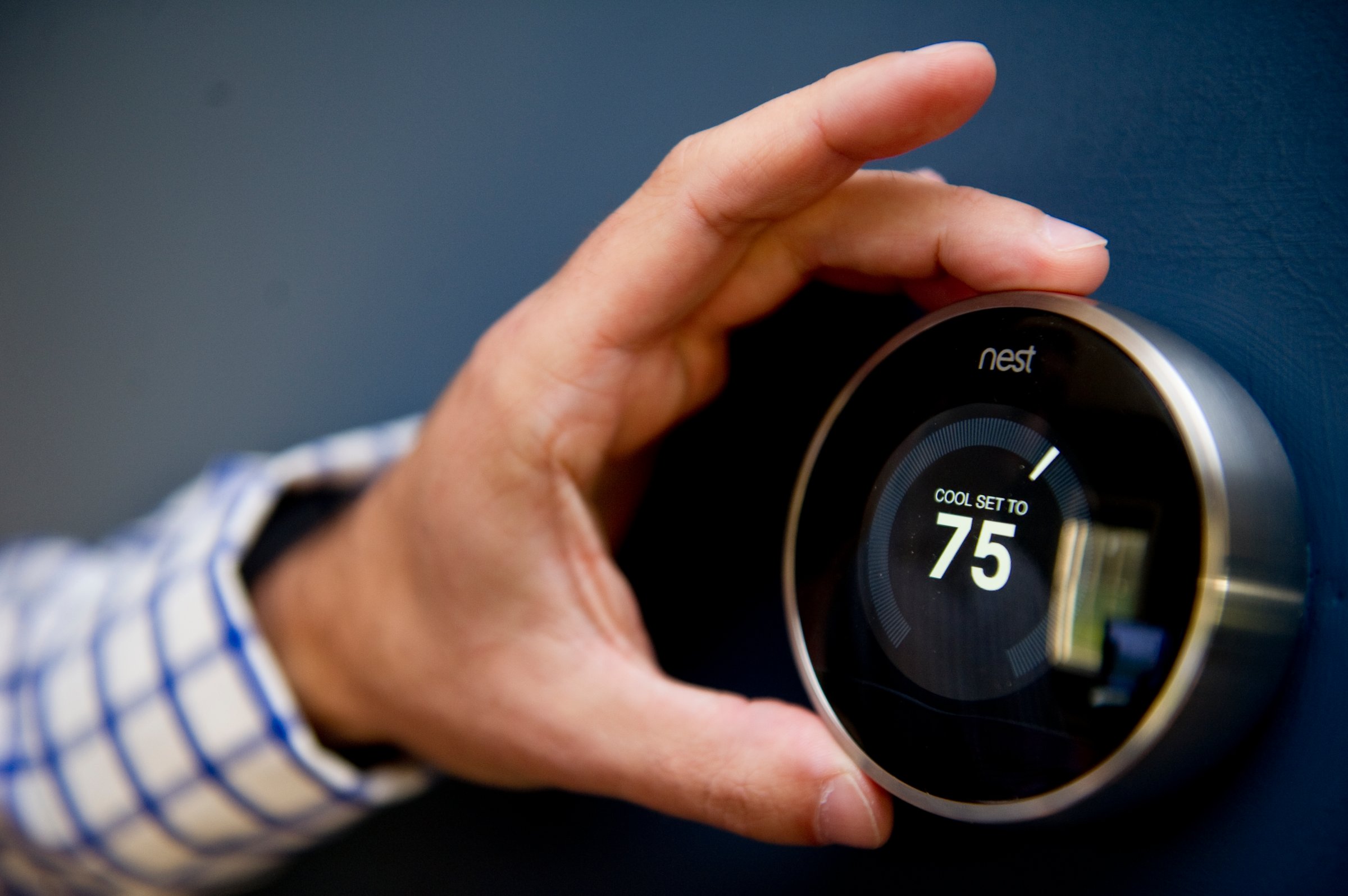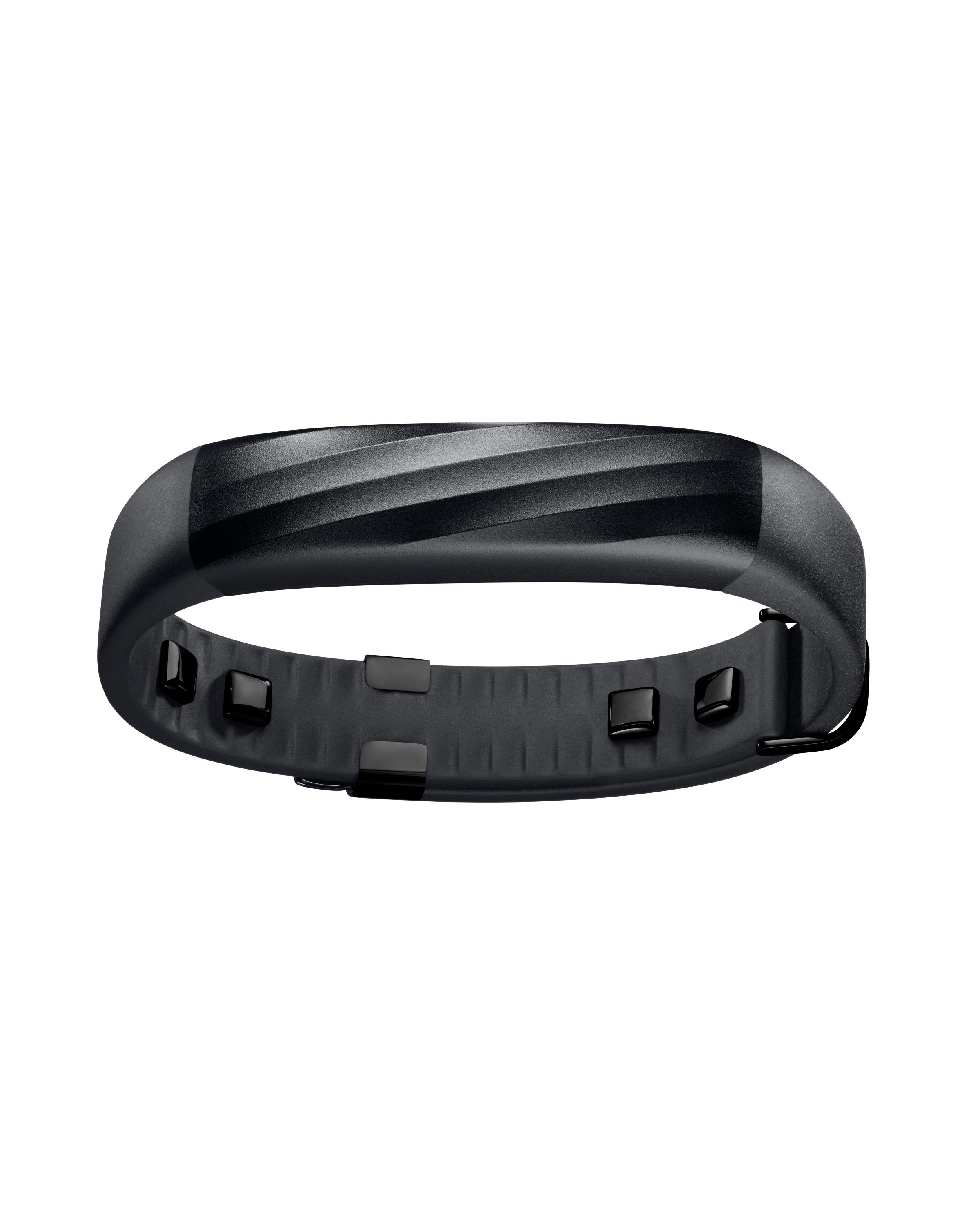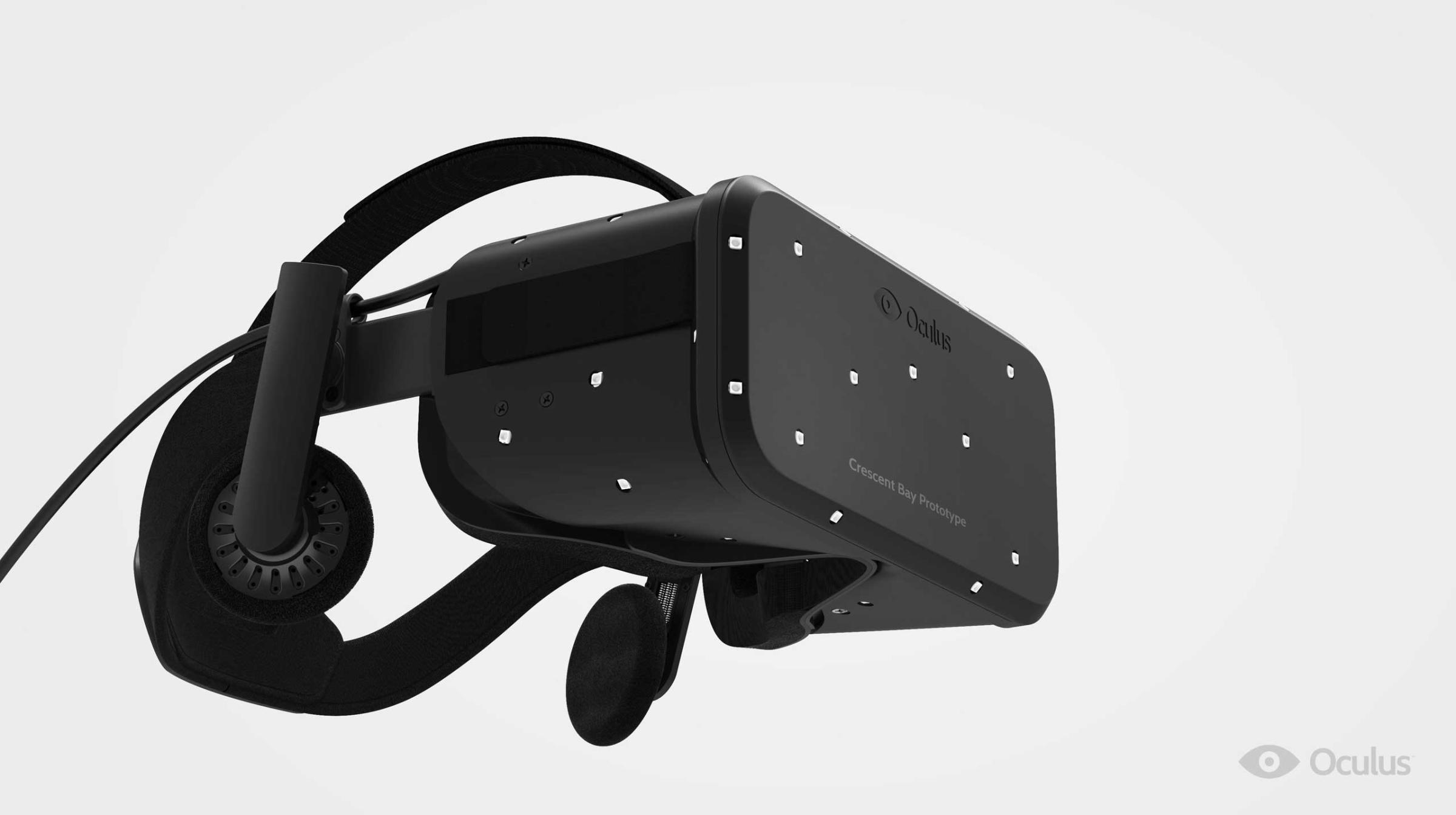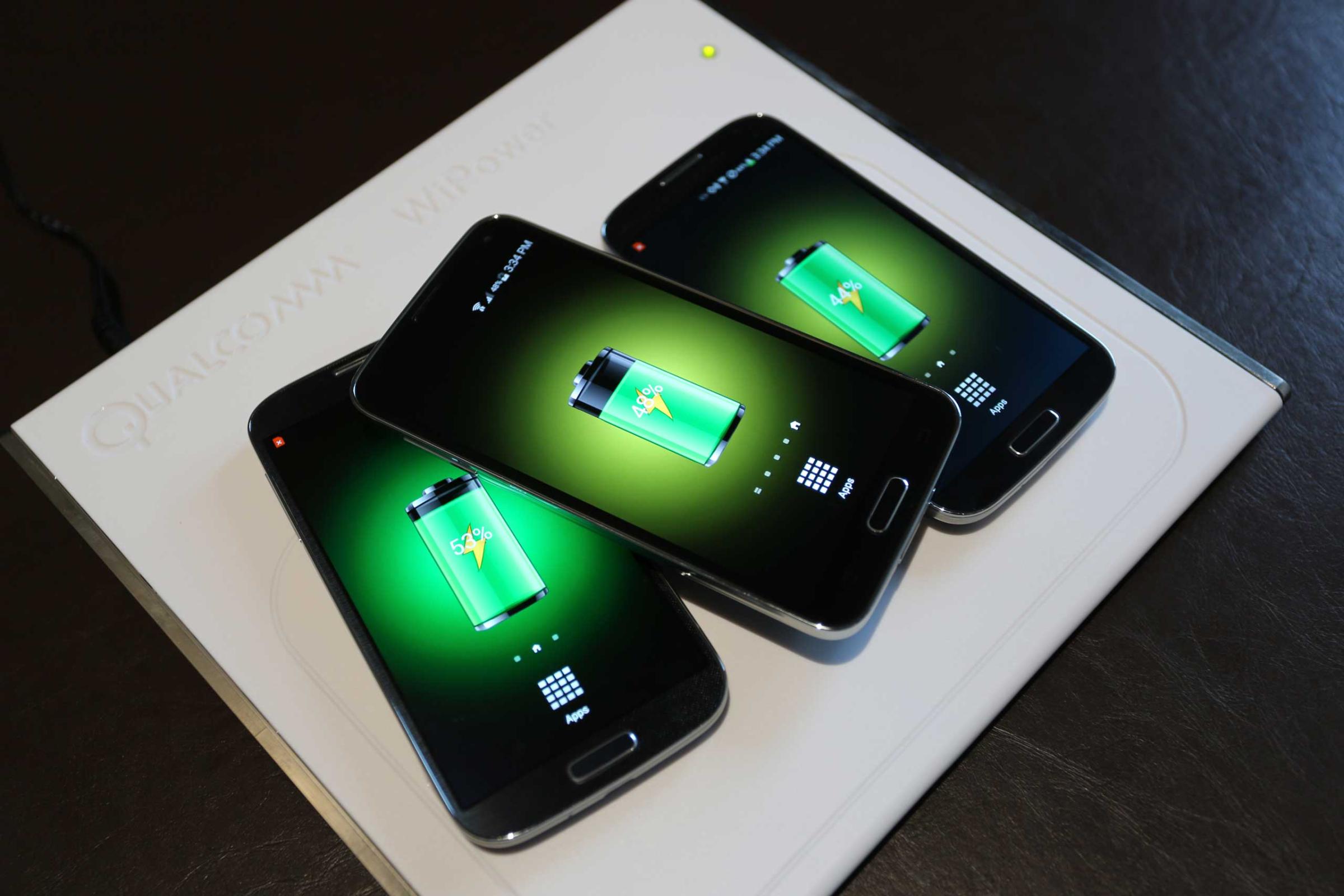
Companies selling smart home products are quick to say how easy it is to connect their devices to the Internet. And while most of the time they’re correct, they are sidestepping a big, thorny pitfall: namely, your home’s wireless network. Over the past year and a half, I’ve been working on turning my house into smart home, and have learned that nothing is more important — and infuriating — than my house’s Wi-Fi.
Here are four lessons I’ve learned so far:
1. Be smart about where you put your Wi-Fi router.
Apple is trying to make iPhones drive smart homes, and Google is putting the Nest Learning Thermostat at the center of operations. Yet, as smart as these companies are (and there are a lot of other players in this space), they have it completely wrong. Your in-home network—which for most people is their Wi-Fi connection—is what’s really running the show. So, before installing your first smart product, give your wireless router’s location some serious consideration.
For instance, my Wi-Fi router sits in the northwest corner of my house, in the basement, in an electronics cabinet next to my cable box, connected to the line that the cable company installed sometime in the AOL era. As a result, even with the newest Wi-Fi routers on the market, I have trouble getting a strong, stable internet signal in my backyard (because the radio waves struggle with traveling through the concrete foundation), my kitchen (where a firewall, refrigerator, stove, and other appliances block the way), the second story (we’re getting further from the router now), or in the garage (where the dead horse I’m beating gets stored).
It’s likely that your situation is better than mine, but whether it’s connecting your network to a water-leak sensor in your laundry room or a garage door opener in the yard, you are going to have connectivity issues at some point. Head those off at the pass by installing your wireless router on the ground floor as close to the center of your property as possible.
2. There are no great ways to extend the range of your home’s Wi-Fi.
Many products claim to extend your home’s Internet connection. Let me save you time and awful tech headaches: Avoid them all.
For example, power-line adapters, which let the home’s electrical wiring act like network cables, may sound magical, but they are fraught with hiccups from power surges to poorly-wired exchanges inside your walls. Likewise, so-called “multimedia over Coax” adapters can turn the coaxial cabling used for your home’s television service into an in-wall data network, but every place the line gets split, it introduces noise into the line, reducing your network’s speed and consistency.
The easiest solution is to use another Wi-Fi router as a network extender, but it’s still not ideal. The relayed signal from your network extender can slow your Internet connection by as much as 50%. For instance, if you’re paying for 60 megabit-per-second service from your Internet provider, your relay router may only deliver 30 mbps. Admittedly, that’s more than enough to drive a smart bulb or a motion sensor, but the problem comes when you try to stream a movie on your laptop or tablet because you’re not able to tell your computer to connect to one wireless router instead of another.
Top 10 Tech Product Designs of 2014










3. Hard-wiring your home is easier than you may think.
The most ideal solution, as far as I’ve been able to tell, is to network your home with ethernet cables, and either install multiple wireless routers around your home or use these new cable runs to plant smart home hub devices in more accessible spots. (These hubs, by the way, are also what run the smart home, since many devices connect to them, not necessarily to your Wi-Fi.)
But fear not, because if your home was wired for telephones, you may have what it takes to hardwire your home for ethernet. I cracked open my telephone receptacle to discover the house had been wired with Category 5 cabling (phone services only need Category 3), perfectly suitable for carrying data. When I told my electrician, he said he could convert the receptacles and run an extra cable up to my attic for around $250. The attic run would go alongside a heating duct (never put cables inside a heat vent, he warns), and only entailed minimal sawing or drilling.
4. Power is a problem.
One more thing to consider when planning out your smart home is having access to power. While some devices, like connected door locks, are powered by batteries, most are not. Whether it’s a web security camera or, to go back to the topic at hand, a wireless router, you’ll need to plug them in, and you’ll want to hide those power cords from view.
So, if you’re planning a remodel or renovation, consider installing outlets in kitchen cabinets, under windows where curtains can camouflage your wall worts, within a custom-built piece such as a bookshelf or bench, or even in floors, if possible. Also, invest in power outlets that include USB ports — this will help minimize the rat’s nest of wiring, extension cords, and splitters that you’ll need. And they will make your home look truly smart.
More Must-Reads from TIME
- Donald Trump Is TIME's 2024 Person of the Year
- Why We Chose Trump as Person of the Year
- Is Intermittent Fasting Good or Bad for You?
- The 100 Must-Read Books of 2024
- The 20 Best Christmas TV Episodes
- Column: If Optimism Feels Ridiculous Now, Try Hope
- The Future of Climate Action Is Trade Policy
- Merle Bombardieri Is Helping People Make the Baby Decision
Contact us at letters@time.com